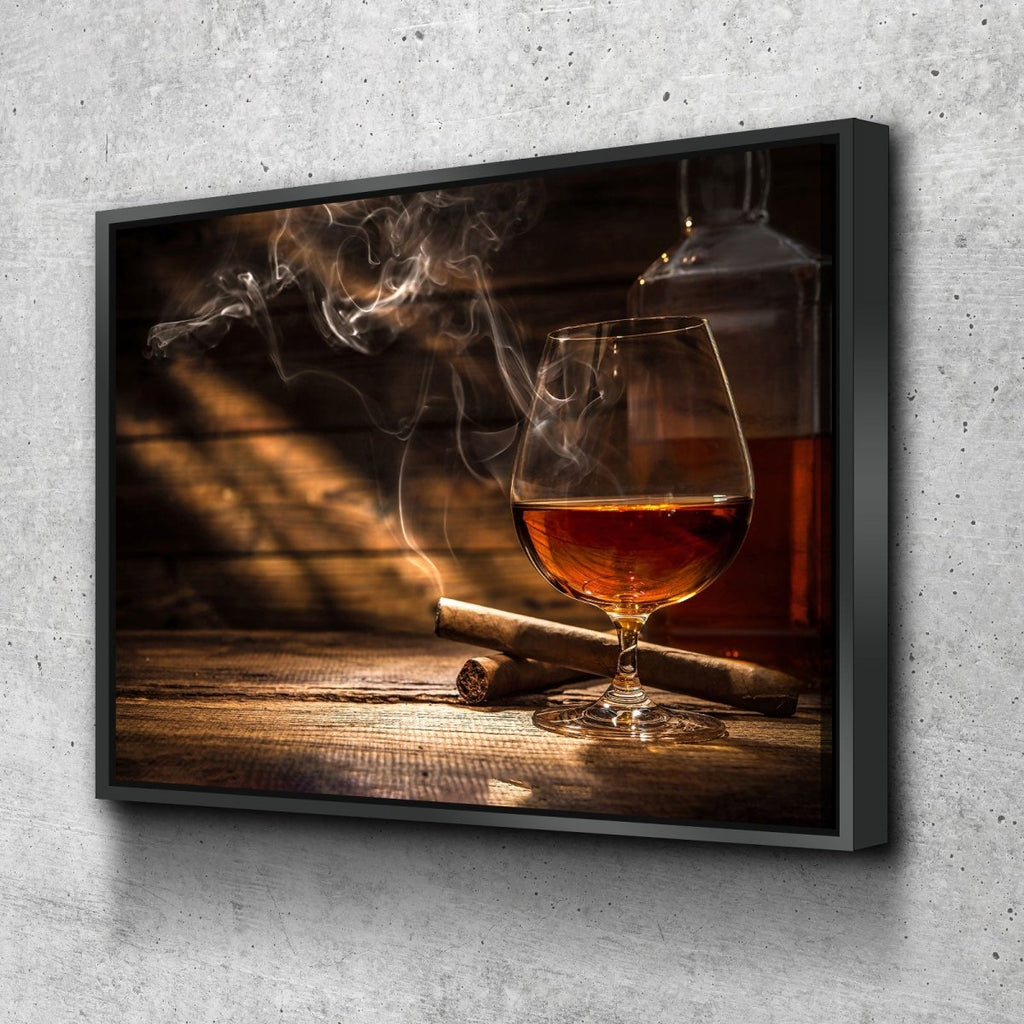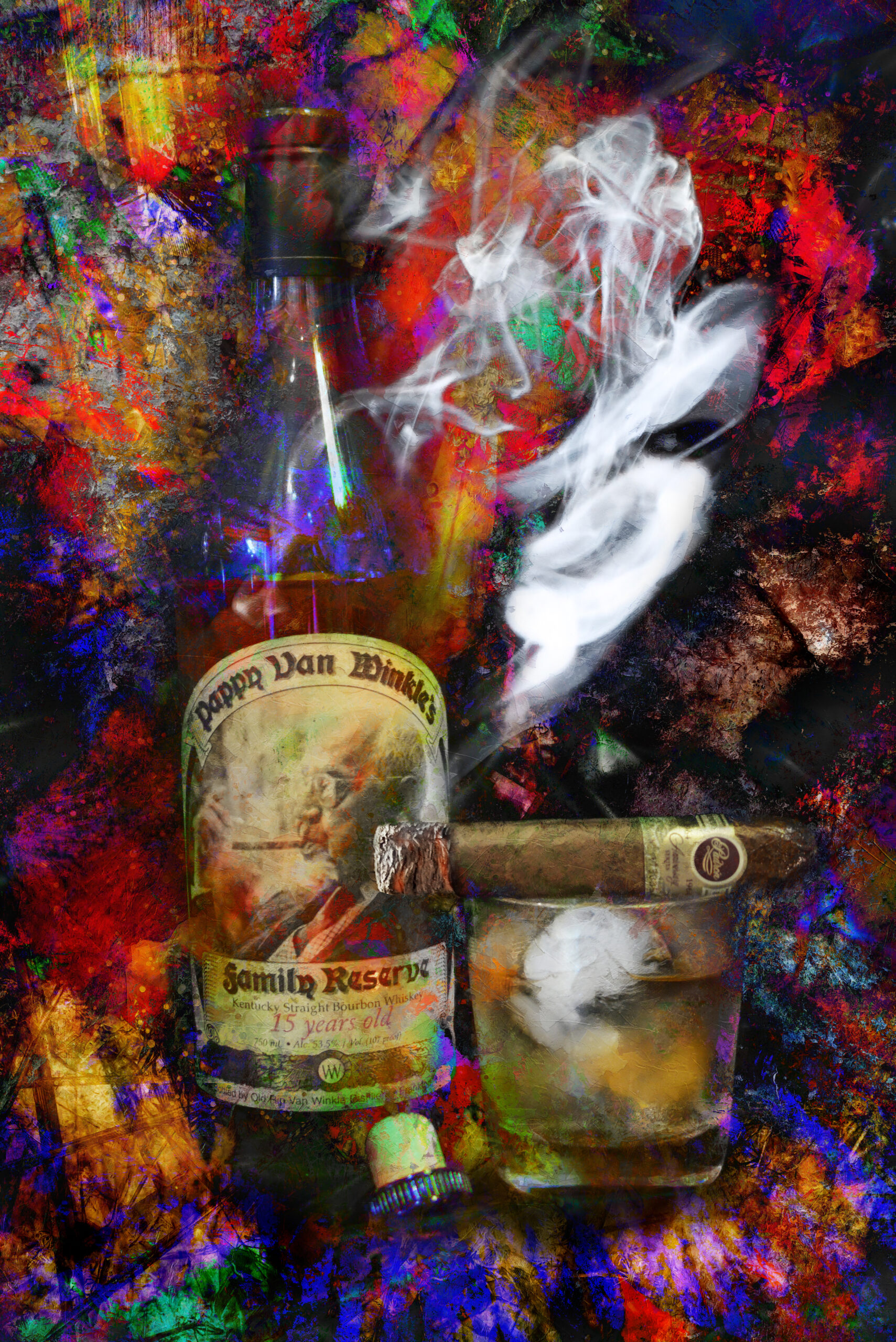Unveiling the Appeal of Bourbon Art: A Tribute to Craft Distillers
Unveiling the Appeal of Bourbon Art: A Tribute to Craft Distillers
Blog Article
The Relevance of Whiskey Art in Celebrating Heritage and Workmanship in the Beverage Industry
The elaborate relationship in between scotch art and the celebration of heritage and workmanship within the drink market can not be overemphasized. With thoughtfully made labels and bottles, scotch brand names encapsulate their historical roots and the artisanal abilities that define their manufacturing methods. This creative dimension not only boosts market appeal yet also functions as an avenue for social narration, fostering a much deeper link in between the customer and the craft. As we explore the various aspects of this subject, appealing inquiries about the influence of modern-day patterns on traditional techniques occur, prompting further examination.
The Historic Roots of Whiskey
At the heart of bourbon's allure lies a rich tapestry of historic roots that map back to old people. The beginnings of bourbon can be linked to the purification techniques of the Sumerians and Babylonians around 2000 BCE, where very early kinds of fermented grain beverages started to arise. Nonetheless, it remained in the Middle Ages that the art of purification progressed dramatically, especially in Ireland and Scotland, resulting in the development of scotch as we understand it today.
The term "whiskey" itself stems from the Gaelic word "uisce beatha," meaning "water of life." This phrase highlights the cultural value of whiskey in Celtic cultures, where it was typically connected with rituals, parties, and common bonding. By the 15th century, distillation came to be a recognized craft within reclusive areas, leading the way for the establishment of lawful distilleries.
As profession courses broadened, whiskey's popularity grew, transcending local borders and capturing the interest of aficionados worldwide. Realism Art. This historic journey reflects not just the craftsmanship behind bourbon production but also its important function in cultural and social contexts, marking it as a significant drink throughout history
Artistic Expression in Branding
Bourbon branding stands as an engaging intersection of creativity and commerce, where visual identity plays an essential role fit customer understanding. The aesthetic appeals of bourbon labels, packaging, and advertising and marketing materials show not just the brand's tale yet also its core worths and heritage. Via artistic expression, distilleries convey a narrative that reverberates with customers, stimulating feelings and stimulating links.
Making use of color, typography, and imagery in branding serves to separate products in a saturated market. Typical themes might stimulate a feeling of authenticity and craftsmanship, while modern-day designs can represent innovation and forward-thinking. This calculated artistic instructions enhances brand name acknowledgment and commitment, enabling customers to create a personal connection with the whiskey they choose.
In addition, artistic expression in branding frequently functions as a party of regional heritage. Distilleries frequently incorporate local symbols or historical references right into their layouts, developing a local color that invites customers to take part in a more comprehensive social experience. Ultimately, the artistry behind whiskey branding not only improves aesthetic appeal yet also enriches the total narrative of the brand, fostering a deeper recognition for the workmanship and heritage embedded in each container.
Craftsmanship in Container Style
The creativity evident in whiskey branding expands past aesthetic identification to include the craftsmanship associated with bottle layout. Each bottle functions as a vessel not simply for the spirit within, but additionally for the tale it outlines its top Find Out More quality, custom, and beginning. The layout procedure needs meticulous focus to information, as components such as closure, product, and shape contribute dramatically to the total understanding of the scotch.
Workmanship in bottle style involves picking top notch glass that can enhance the scotch's shade and quality, while also giving a tactile experience for the consumer. The silhouette of the container need to be both useful and visually appealing, commonly reflecting the heritage of the brand name. Numerous distilleries select one-of-a-kind forms or embossed logos that evoke a feeling of authenticity and history.
Moreover, the label style and typography play an important function in interacting the brand's story. Realism Art. A well-crafted container check these guys out not only mesmerizes the consumer's eye but additionally enhances the brand's commitment to high quality and practice. In this means, the workmanship of bottle design becomes an important facet of the whiskey experience, merging artistry with a profound respect for heritage
Social Value of Whiskey Art
Celebrating tradition and craftsmanship, the cultural significance of whiskey art goes beyond mere aesthetics, intertwining with the social and historical stories of the regions where it stems. Each bottle functions as a canvas, showing the one-of-a-kind stories, mythology, and practices that have actually formed local whiskey-making practices. The complex designs frequently reflect the heritage of the distillers, incorporating symbols and concepts that reverberate with the society and worths of their neighborhoods.

Furthermore, scotch art plays a crucial function in communal gatherings and parties, serving as a concrete web link between individuals and their shared experiences. By valuing the virtuosity in bourbon packaging, view publisher site customers grow a deeper understanding and respect for the craft, inevitably enhancing their pleasure of the beverage itself.
Modern Trends in Scotch Discussion
In current years, the discussion of whiskey has advanced to reflect contemporary preferences and patterns while still honoring traditional workmanship - Realism Art. Distilleries are progressively concentrating on visual elements that improve the general alcohol consumption experience, linking the void in between heritage and modernity
Cutting-edge container designs have actually arised, frequently including lasting materials and imaginative labels that inform engaging tales. Many brand names currently collaborate with regional artists, instilling their products with special aesthetic expressions that resonate with customers. Furthermore, limited-edition launches are frequently packaged in collectible containers, adding value and charm for lovers.

Verdict
In conclusion, whiskey art serves as a crucial avenue for revealing the heritage and craftsmanship inherent in the beverage industry. Through complex branding, ingenious container designs, and culturally substantial imaginative elements, bourbon brand names efficiently honor their practices and get in touch with consumers. This artistic story not only boosts the appreciation of bourbon yet additionally strengthens neighborhood identification and pride among manufacturers. Ultimately, scotch art plays a crucial role in preserving and commemorating the rich social tapestry of whiskey-making.


Craftsmanship in container design involves choosing high-grade glass that can improve the whiskey's color and clarity, while additionally giving a tactile experience for the customer. In this way, the workmanship of bottle design ends up being an essential aspect of the scotch experience, combining creativity with an extensive respect for heritage.
In conclusion, bourbon art offers as a crucial channel for sharing the heritage and workmanship inherent in the drink market.
Report this page